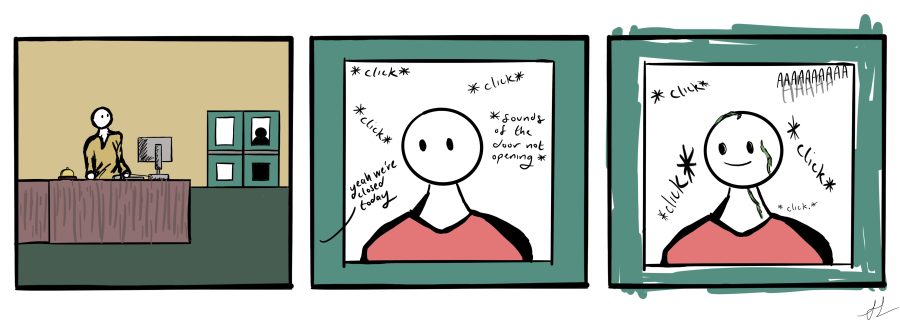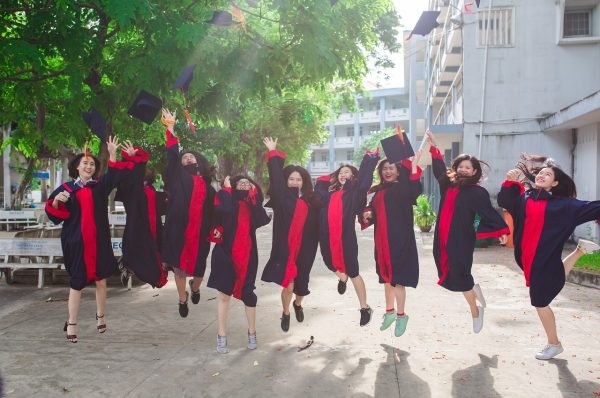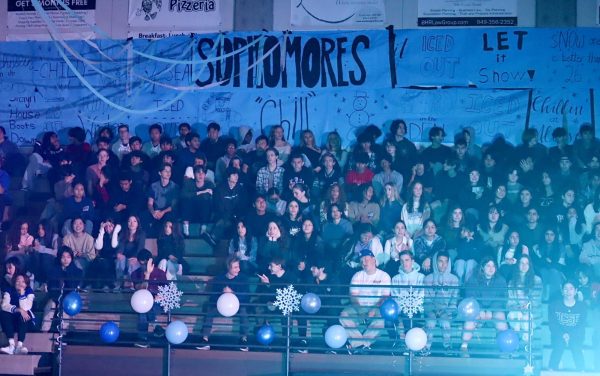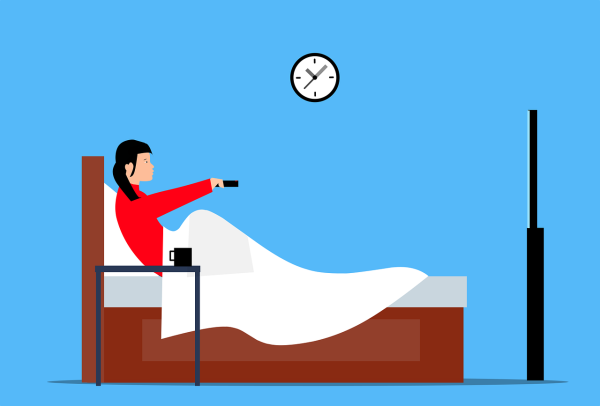Library Seating Shortages Lead to Closures
Lately, students going to the library during lunch have been asked to leave on certain days by the librarians due to a lack of sufficient seating for all to stay there. Students are no longer permitted to stand around in the library or sit on the ground. Those who cannot find a seat are asked to leave.
On specific occasions, the library is closed and students are locked out after it becomes supposedly full. When this happens, no more students are allowed into the library at all for any reason.
The librarian states that if there are no more seats, people can’t go to the library anymore because everyone has to be sitting in chairs.
As students were previously allowed to stand or sit on the ground in the library with no issue, the strict enforcement of this unofficial new policy feels like a drastic change.
Mrs. Cortez, the Aliso Niguel librarian, states, “Too many students cannot be in the library because it’s a fire hazard. People sitting on the ground and in the computer lab create blockages which make it dangerous. There is a capacity in the library of around 120 people.”
For those reasons, additional seating will also not be added to the library, so the current library capacity will remain as it is currently.
Especially due to the inconsistent and unpredictable weather conditions, as well as certain students’ needs to use the library for academic reasons, these abrupt closures can be somewhat harmful to students.
Laura Richards (11) also mentions, “Yes I do go to the library to do homework, especially before school. I feel more productive when I’m in a quieter school environment than my own home.”
Furthermore, the crackdown on this school rule comes more recently along with heavy enforcement of certain other school rules. The tardy policy and zero period contract, for example, also contribute to this stricter campus environment.
This seating shortage in the library which did not seem to be as serious of a problem in past school years may be caused by a larger amount of students than before. Also, students may just need to use desks and printers while at school more often. However, this could also be indicative of increasing workloads and more students taking AP and honors classes.
Reede Hendel (11) tells about her experience getting kicked out of the library this school year, “I walked into the library talking with some friends, but there weren’t enough seats in the library so I was standing. Then, the librarian comes up to me and says, ‘If you’re standing, you must leave.’ So I got kicked out and it was very frustrating.”
Solutions to the seating shortages could possibly be allowing students in other areas of the school with access to desks and printers. Students might also be encouraged to finish their work at home, but it also seems that a heavier priority needs to be placed on classwork than homework if so many students need to do their homework in the library during lunch.
However, the manner in which students are counted as being in seats is also interesting as students who are sharing chairs, for example, two people sitting on one chair, are still counted as being in seats and subsequently allowed to stay. This creates a reason to think that the capacity is slightly more flexible than it is made out to be.

Artemis is currently a senior at Aliso Niguel, and this is her second year in Newspaper. She is excited to write for the Growling Wolverine. Artemis is...














